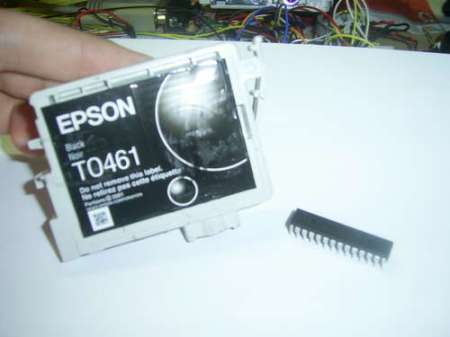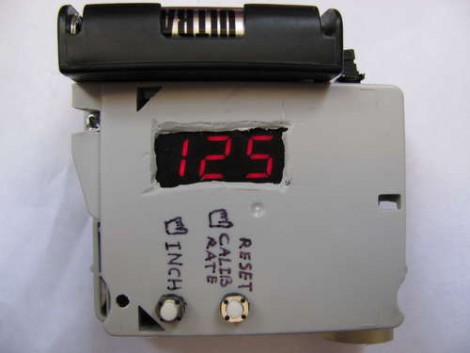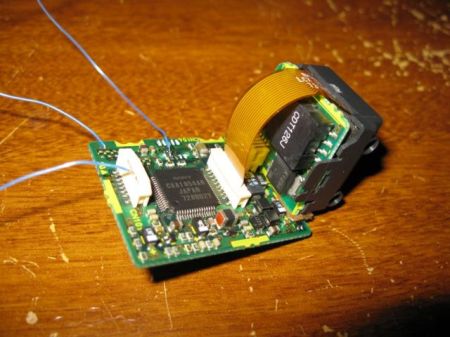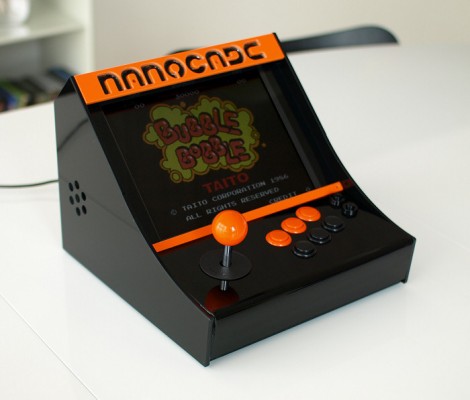
[Smartie_on_computer] wanted to do some experimenting with an epson printer. After getting a somewhat disassembled one, the first step was to simply get it running. Unfortunately, one of the ink cartridges was missing and these printers refuse to do pretty much anything without all the cartridges installed. Rather than go purchase a costly cartridge that they didn’t intend to actually use, [Smartie_on_computer], chose to emulate the cartridge using a microcontroller. After some searching for the protocol used on the cartridge, the info ended up being in the patent. [Smartie_on_computer] now has a functional printer that is destined to be a 3d printer in the near future. You can see a video breakdown after the break.
















